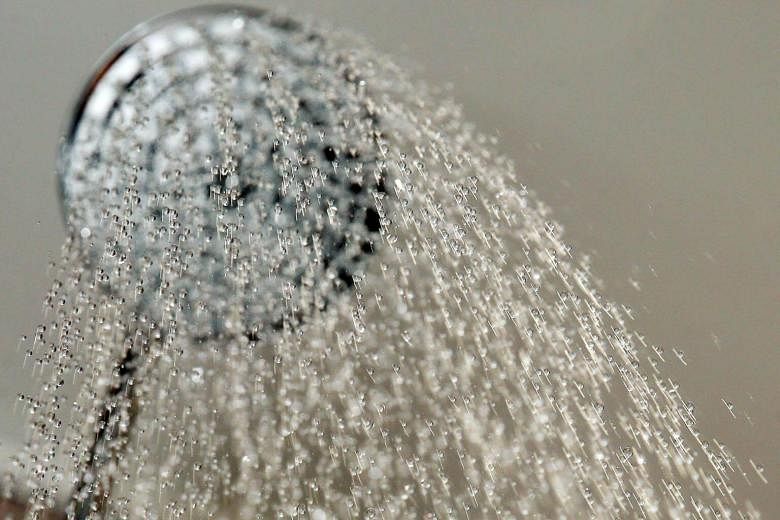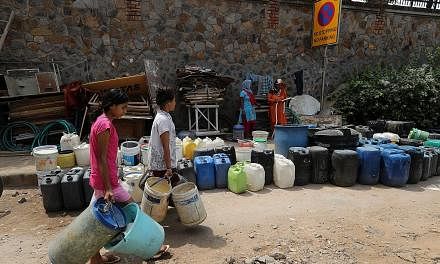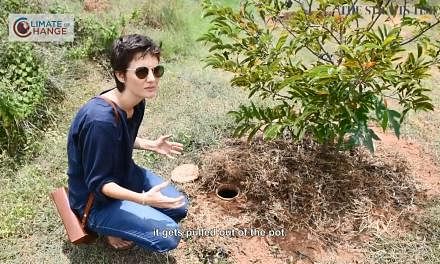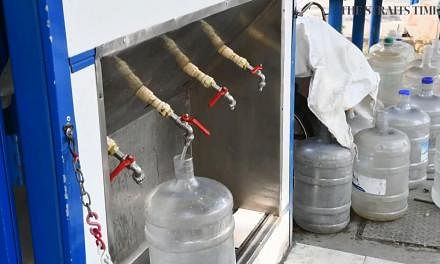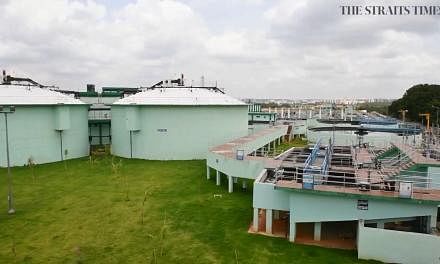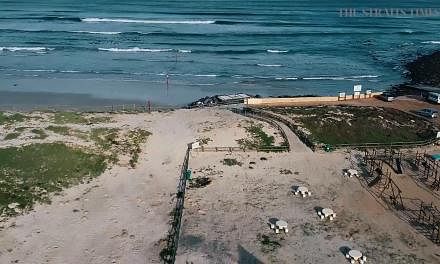It has been drummed into us that saving water is good practice.
There are reminders of this in the media and from political leaders: Water-scarce Singapore did not overcome its water vulnerability by chance. Every drop is precious for a nation with no natural water resources of its own.
But some readers have asked over e-mail: In this era of climate change, how much water can an individual really save and shouldn't we be urging larger water consumers such as industries to use less instead?
The answer is that individual actions do matter. The experience of drought-stricken Cape Town in South Africa has shown that.
Earlier this year, the city avoided the day when taps would run dry by ensuring residents limited their water use to just 50 litres a day. Some there even used only 20 litres a day. In comparison, the average person in Singapore used 143 litres a day last year.
When I returned from my trip to Cape Town, my editors challenged me to do the same: Live on 20 litres of water for one day and write about the experience.
I embarked on the challenge in San Diego, United States, where I now live as I pursue a master's degree in climate science and policy. Living abroad has given me greater control over the water I use, since I cook more often and have my own space to store grey water.
I coped with the water ration by not taking my usual morning shower and taking extra steps to save water, such as collecting grey water from washing the dishes to flush the toilet.
I also tried modifying my meals so the wash-up required as little water as possible. But even though I steamed dumplings instead of frying them, I still ended up using 5 litres of water - a quarter of my total ration - to wash a few dishes.
The challenge also required me to document my water use through the day and, in doing so, I realised how much I had been taking the resource for granted. Water was needed for far more activities than I had budgeted for, since I could unthinkingly wash hands after I touched something grimy.
This short challenge was in no way reflective of the severity of the drought experienced in Cape Town. But for me, it was a good reminder of the value of the water that flows so readily from our taps.
Experts have warned that Cape Town would not be the last city to experience drought.
Singapore, too, had a scare in 2016, when a dry spell pushed water levels at the Republic's main source in Malaysia to historic lows.
The city-state has invested in weather-proof sources of water such as desalination and Newater (reclaimed used water). But as Cape Town's experience has shown, climate change could still impact water supply in unprecedented ways.
Individuals can do their part. Rather than wait for a situation that forces drastic water-saving measures upon us, it would be more comfortable to start small.
For some, this could simply mean taking short showers instead of baths. For me, it would be controlling how much water I use in the kitchen. Any tips on this are welcome.

